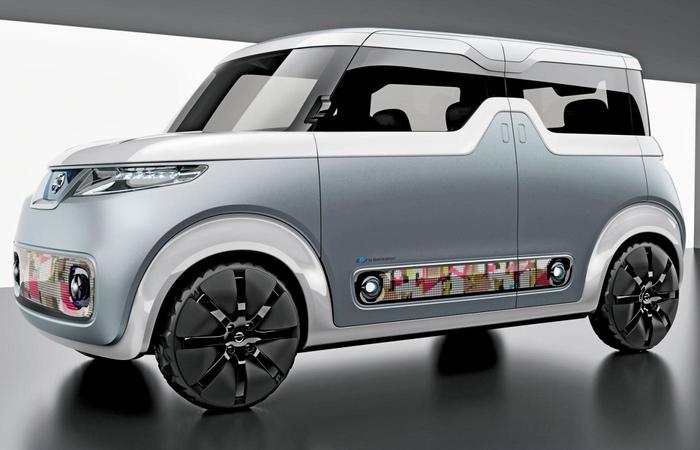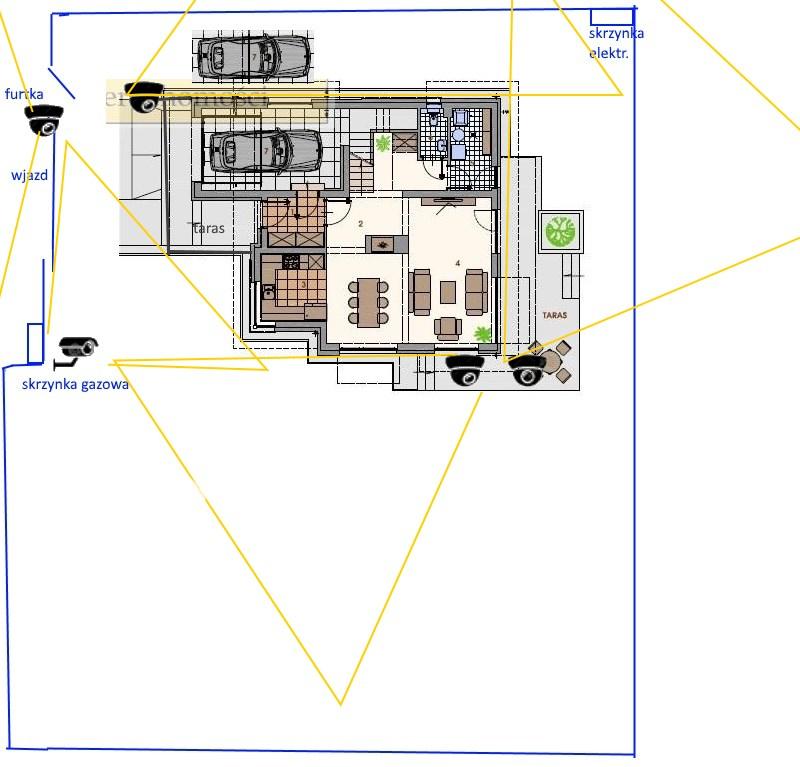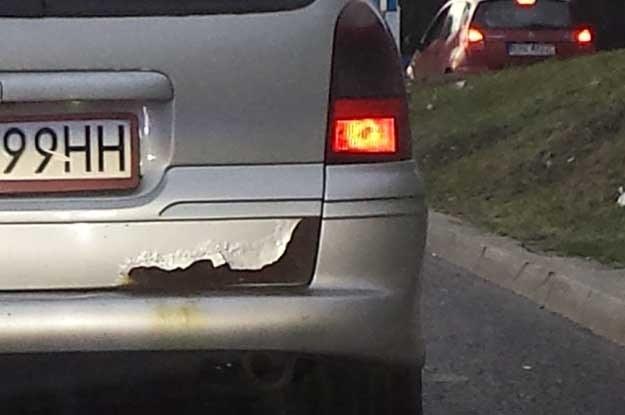Not a car, but a mobile multimedia center. What will the car of the future look like?
Modern technologies in the automotive industry make the industry, which not so long ago was almost 100 percent. mechanized, today it starts rubbing against the IT segment. Modern cars are increasingly starting to resemble driving computers, and it's not just about powering the drive unit or basic security systems managed by electronic controllers, because drivers got used to it a long time ago. Modern cars are increasingly using technologies that were previously the domain of devices from the computer and mobile industries. Whether we like it or not, the automotive industry and modern technology intersect with each other, and progress is just beginning to gain momentum.
Modern technologies in the automotive industry: semi-autonomous driving system
Modern technologies in the automotive industry are slowly starting to replace the driver in his basic task - driving a car. Not so long ago, autonomous driving remained in the realm of science fiction. Today, we stand at the threshold of an era in which the driver will be just a passenger.
One hundred percent autonomous driving is not yet possible, but the largest giants of the automotive industry, supported by leading players from the IT segment, have been testing cars that can move without the participation of drivers for some time. For now, drivers have a semi-autonomous driving system at their disposal.
This solution is already used by many brands, including Tesla, Mercedes, BMW, Audi, Volkswagen, Lexus and Volvo. How it's working? The system uses many connected systems - active cruise control (sets the speed and distance to the vehicle in front), a radar system that monitors the space around the car, cameras that determine the position of the lines marking the lane, GPS system (the car downloads navigation data, thanks to which it can recognize that it is approaching to turn and reduce speed) or cameras "reading" road signs (the car can adapt to existing speed limits).
Theoretically, this technology can completely eliminate the role of the driver, but for now, it is still a thing of the past. Semi-autonomous driving systems allow you to let go of the steering wheel only for a short distance, so they are only useful in city traffic jams or on a short section of an expressway or motorway (although in this case, it is better to treat them as protection in case of distraction or dozing off).
How does it work in practice? Well, it depends. Some brands have managed to perfect the semi-autonomous driving system, while for others there are complaints about the overly aggressive operation of the steering correction system.
Modern technologies in the automotive industry: touch screens
Modern technologies in the automotive industry often imitate solutions that are used in everyday objects. So it was with touch screens.

Previously, all on-board systems were operated with knobs, buttons and switches. Currently, this function has been taken over by touch screens. Via the on-board infotainment system, in some cars you can control literally everything - air conditioning, seat heating and ventilation, security systems, interior lighting, not to mention multimedia, such as a music player or a satellite navigation system.
On the one hand, such behavior is understandable - with each subsequent generation, the number of car accessories increases and if buttons were still used to operate it, the central console would look like a control panel of a complicated machine. On the other hand, for many drivers, manual controllers and trackpads are a much more intuitive solution, but these are becoming a thing of the past.
The touch display in the car has its advantages - it allows you to make the center console "cleaner", which positively affects the design. It is worth emphasizing, however, that its operation requires taking your attention away from the road, and on a bumpy surface, hitting the right button is not easy. In some cases, their responsiveness leaves much to be desired.
Modern technologies in the automotive industry: a virtual assistant
Modern technologies in the automotive industry are clearly inspired by mobile solutions, and it's not just about the touch screens mentioned above. Manufacturers are well aware of the inconvenience of "tap" operation and more and more companies are starting to implement voice control in their cars. This is nothing new, but voice-activated intelligent assistants, which work on the same principle as Siri on Apple smartphones or Google Assistant on Android devices, take voice control to the next level.
With the help of a virtual assistant, you can plot a route in the GPS system, turn on your favorite radio station or a specific album on streaming services, set the air conditioning temperature, send an SMS or e-mail, and the list of possibilities of this technology does not end here. As in mobile systems, automotive companies rely on natural speech recognition, which means that the driver does not have to learn predefined commands. It cannot be said that it works reliably, but on the other hand - virtual assistants function in smartphones much longer than in cars and still have a lot of flaws.
Modern technologies in the automotive industry: keyless entry systems
Modern technologies in the automotive industry are slowly starting to eliminate the need to carry a key or card to open the door and start the engine. This solution has been used by Audi, BMW and Mercedes for some time, but it is not the exclusive domain of premium brands. Hyundai is also slowly starting to implement keyless access to its cars. Just install the appropriate application and assign the car to it. The opening of the door is carried out via Internet or Bluetooth connectivity. Is the morning, nervous search for the key slowly becoming just a funny memory? Apparently, yes.
Land Rover used a slightly different solution. The English manufacturer makes it possible to close and open the Discovery model using a special bracelet equipped with an NFC module (short-range communication). Such a gadget makes a lot of sense - buyers of SUVs with exceptional off-road capabilities usually lead an active lifestyle. When you go trekking in the mountain wilderness, you don't have to risk losing the key - it stays in the car. The bracelet is waterproof, so the driver does not have to worry that any rain will deprive him of access to the car.
Modern technologies in the automotive industry: remote parking system
Modern technologies in the automotive industry are starting to strive to solve the problem of tight parking spaces. From generation to generation, cars are growing and this applies to every segment. However, the dimensions of the car parks are not increasing and as a result, it is getting tighter. Probably every driver at least once faced a situation where he could not get into his car. Owners of 5-door cars have less of a problem - they have the option of entering through the trunk, although it does not look very dignified. Drivers of sedans and 2-door coupes are in a much more difficult position. This is where technology comes in handy.
Some companies, such as BMW and Mercedes, are already using systems that allow you to remotely park your car and remotely leave the parking space. The procedure is carried out using a smartphone or a multifunctional device with a screen, which is still called a "key".
Modern technologies in the automotive industry: 360-degree camera system
Modern technologies in the automotive industry make the driver see more. Each of us is already used to 3 or 4 cameras on a smartphone, but in a car? Contrary to appearances, it makes a lot of sense. The 360-degree camera system combines the image from several lenses, which is then displayed on the screen of the on-board infotainment system. In the central part, there is a virtual likeness of the car, thanks to which the driver has the impression that he sees an image from a bird's eye view. This solution is useful not only in crowded parking lots, but also in off-road conditions.








